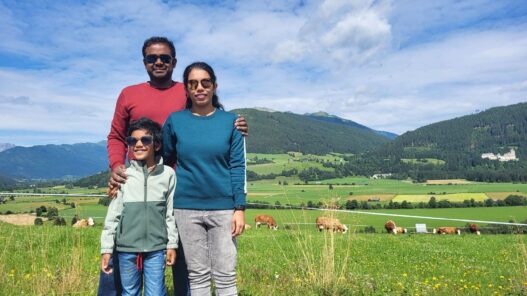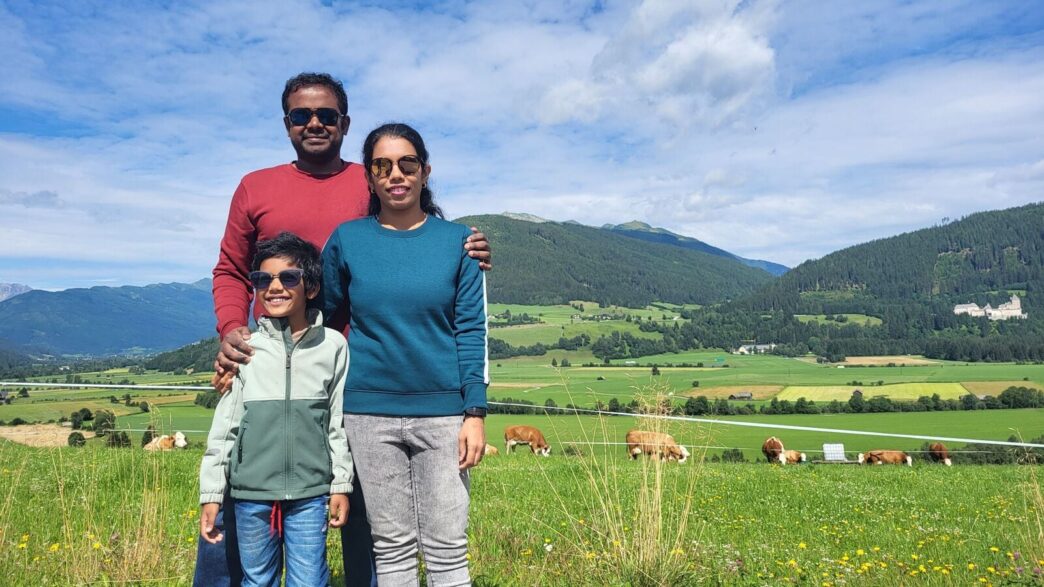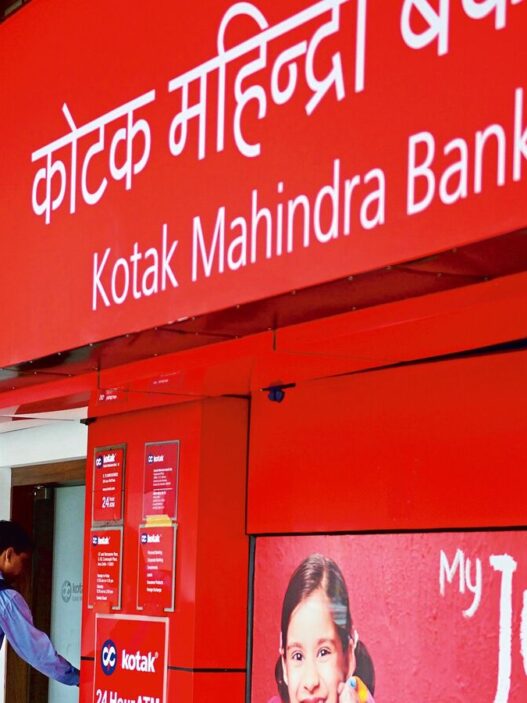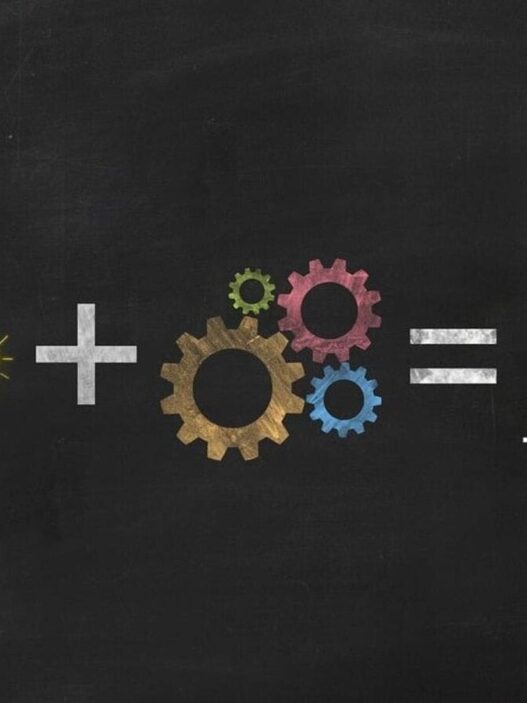For instrumentation engineer Annamalai Ramanathan and his wife Meena Palaniappan, a finance professional, this is what life is like in Sweden. Thanks to the country’s social security benefits, the couple’s savings and goals are very different from those of the average Indian working couple. Though Sweden consistently ranks highly on quality of life, this comes with a high cost of living and elevated taxes. But Ramanathan said he wouldn’t have it any other way.
He shared his experience of living in Sweden as part of a Mint series on Indian expats.
High taxes but benefits aplenty
Ramanathan moved to Sweden in 2017 after living in Norway for seven years. Both countries have high taxes and are among the most expensive places to live. About 50% of Ramanathan’s gross annual income is deducted for social security benefits and income tax, so he takes home only half of what he earns.
Nearly 55% of the family’s net income is spent on monthly home loan payments, childcare and household expenses. Discretionary spends such as eating out, shopping, holidays across Europe and an annual trip to India account for another 30%.
Also read: Why this Luxembourg-based couple invests in Indian stocks only
Like everything else, buying a house in Sweden isn’t exactly cheap. Though interest rates on home loans are a mere 3-4%, the houses themselves are expensive. The couple’s 700-square-foot apartment in Gothenburg is their biggest expense right now, with an EMI of SEK 12,000 ( ₹97,000) plus service charges. They bought the apartment under a tenant-ownership agreement in which the residents’ association co-owns the flat.
“I’m not an absolute owner. I can’t rent it without the association’s permission. I have essentially bought the right to use the apartment. Though unusual, it’s a more affordable way to own an apartment in Sweden as half of the home loan liability is on the associations’ books,” he said.
High cost of living? Not an issue.
Does the high cost of living pinch? No, said Ramanthan. “Yes, the cost of living and taxes are high but we reap benefits such as free education for our son, including both school and university, subsidised healthcare, and an excellent pension system, which I find to be the biggest advantage,” he said. Since he has always worked in Nordic countries, high living costs are a way of life for him, Ramanthan added.
Also read: This NRI couple in Melbourne is looking to move back for family and higher affordability
Education in public schools and universities is completely free in Sweden. Even healthcare is free up to 18 years of age. “Apart from this, the government gives SEK 1,250 a month as child allowance. We invest this for our son’s future,” he said.
Healthcare for adults is subsidised, with a consultation (for both general physicians and specialist doctors) costing about SEK 200. “After my wife and I have spent SEK 2,000 each on healthcare in a year, it becomes free for the rest of the year. This includes surgeries and any other major treatment,” Ramanathan said. However, he bought private health insurance for the family to ensure faster appointments with specialists, which can take a couple of months without insurance.
Pension relieves tension
As for pension, employers contribute in two ways. First, a part of their social security contributions totalling 31.42% of employees’ annual cost to company (CTC) goes to pension schemes. This is similar to deductibles such as Employees’ Provident Fund (EPF) and gratuity which are mandatory components of gross salaries for Indian employees. “I see this 31.42% of my annual remuneration as a tax paid to the government for the various social benefits and good infrastructure my family and I get. Apart from this, I pay 25% income tax on my salary,” he added.
Second, most big companies contribute separately over and above this. “My employer also contributes towards the ITP 1 Pension. They put in 4.5% of SEK 50,375 per month + 30% above SEK 50,375 in the pension scheme. Higher income in Sweden leads to a higher pension. These pension amounts are not part of the job contract, but are an additional remuneration given by big companies,” Ramanathan said, explaining that this is not mandatory for all companies.
Employees, too, pay a pension fee of 7% of gross earned income up to a maximum of SEK 45,530. However, this fee is normally fully tax-creditable on the employee’s tax return, making the effective cost to the employee nil, according to PwC’s website.
Also read: Here’s some investment advice – take expert opinions with a pinch of salt
Sweden also has generous policies on parental leave and unemployment. “Sweden has the best parental leave benefit. My wife and I got 240 days (about eight months) each after our son was born that we could use over the next four years. During this time, the government pays 80% of the last drawn salary, capped at SEK 49,000 a month for the first 195 days, after which it is SEK180 a day for the remaining 45 days. We also get paid if one of us has to take leave when our son falls sick,” Ramanathan said. “Apart from monetary benefits, these policies make life convenient and reduce stress,” he added.
Limited opportunities for non-IT professionals
Ramanathan said there are ample career opportunities for information technology (IT) professionals in Sweden as it is home to several large tech companies including Spotify, Ericsson, Volvo, IKEA, SCANIA and Capgemini. For this reason, there has been a rapid increase in the number of Indian IT professionals moving to Sweden over the past few years. “There’s a big Indian diaspora here now compared to my early years around 2017-2018,” he said.
This has helped the family build a community there, a less-discussed challenge that NRIs face. “Initially we were lonely as there were limited avenues for socialising. It’s not a challenge anymore. Now every festival is celebrated here and there are always events happening that make it feel like home,” said Ramanathan.
However, Sweden has limited opportunities for non-IT professionals, he added. “It is possible to build a career in another field here only if one can learn the local language. Even then it can take a long time. My wife got her current job after five years of actively seeking opportunities,” he said.
Due to challenges non-IT professionals can face, Ramanathan advises mid-career couples, especially those with children, against moving to Sweden as they will have to start from the scratch.
“Young bachelors who are just starting out have greater flexibility. But moving with a family means you can forget saving anything at all in the first two years. Household income will be hit if even one of the spouses is not an IT professional and the cost of setting up a life here is very high.”
Savings and investments
After accounting for essential and discretionary expenses, the couple is saving about 15% of their income for their retirement in India and their son’s future. This may seem like a low savings rate, but Ramanathan is not worried. “My son’s education will be free so I don’t need to save for it. I’m just creating a fund for him so that he can travel before starting college to gain perspective, as I did in my youth,” said Ramanathan.
He has also set aside SEK 50,000 for emergency travel to India. As for a contingency buffer in Sweden, he says the two major contingencies – sudden hospitalisation and job loss – are taken care of by the state, so he doesn’t need one.
“The only other future expenses are retirement and travelling the world, for which I invest. Don’t forget we will be paid a Swedish and Norwegian pension. What else do we have to save for?” Ramanathan said.
He liquidated most of his investments in 2024 to build a house in Trichy, Tamil Nadu. “My parents are living there right now and it’s where I plan to live after retirement,” Ramanathan said. Most of his net worth is tied up in this house, and he also invests in stocks across markets, including a ₹20,000 SIP in a flexi-cap fund in India. He uses Wise to remit money for investments and to his parents in India.
Also read | New Income Tax Bill: Simpler, lighter and future-ready
In Sweden, he invests through a Swedish Investment Savings Account (ISK), which gives him the benefit of zero tax on capital gains. Capital gains are usually taxed at 30% in Sweden. “In an ISK, investments with market value up to SEK 150,000 are tax-exempt, after which a flat annual tax of 0.88% is to be paid,” he said.
Travel is a big part of Ramanathan’s lifestyle. He frequently holidays with his family across Europe, especially picturesque hikes in Norway and short getaways to northern Sweden to see the northern lights. The family also visits India once a year.
Note: This article captures Annamalai’s personal experience living in Sweden. Career growth, expenses, income and other financial obligations may vary for others, depending on their personal circumstances.












